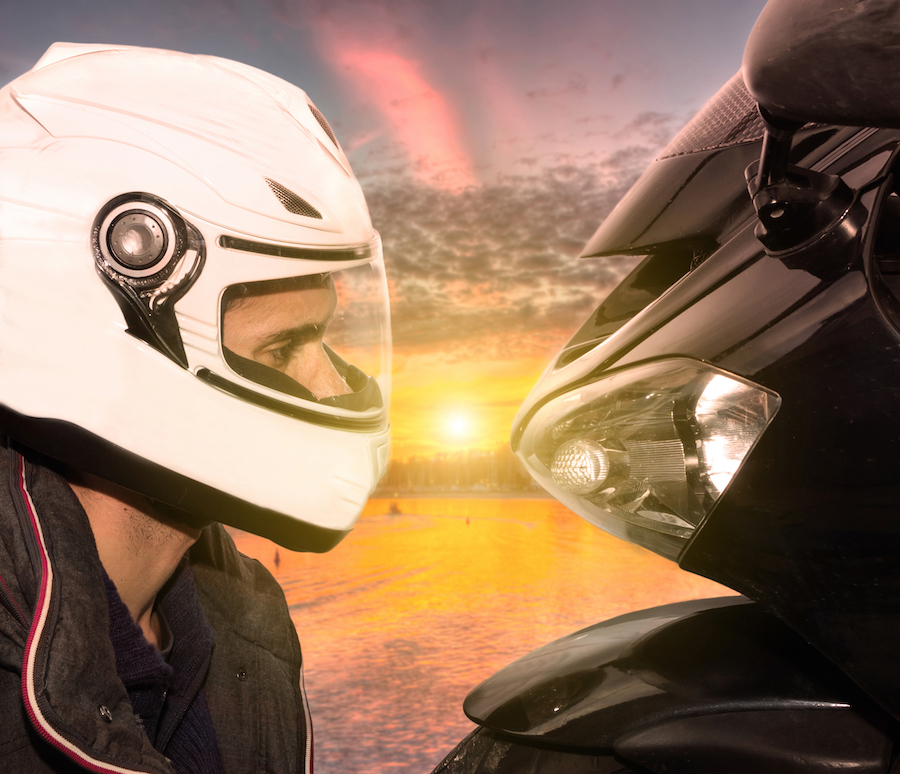Feeling emotionally attached to your bike is normal. But what if your bike developed feelings for you?
We’re fast approaching 2017. Driverless vehicles are already being trialled in some countries, and Yamaha has built a robot that can ride a motorcycle. Two other bike manufacturers are taking a different approach to the future of their two-wheeled products: artificial intelligence.
Three months ago Kawasaki announced that it’s working on a new generation of electronically enhanced motorcycles. Ones that have the ability to form personalities that can develop and evolve in parallel with its owner.
By combining current technologies on modern-day motorcycles with emerging technologies like language detection and another advances from SoftBank that endows inanimate objects with artificial emotions, Kawasaki says it can create emotionally rich relationships between bike and rider, while vastly improving safety and reducing risk.
The result is a bike providing riding tips, adjusting the bike to best suit the conditions, answering your phone calls, replying to your texts and, according to the latest video released by Kawasaki, even taking photos of your riding destinations.
Interestingly, albeit under its four-wheeled subsidiary, Honda announced in July 2016 that it has also collaborated with SoftBank to achieve the same goal. According to Honda the two companies will “strive to enable mobility products to utilise conversations with the driver, together with other information obtained from various sensors and cameras installed on the mobility product, both to perceive the emotions of the driver and to engage in dialogue with the driver based on the vehicle’s own emotions”.
Here’s how…
Internet
Once wildly futuristic, the notion of connected vehicles is now a common one. In the case of Kawasaki’s visionary AI technology, the bike gathers real-time information on weather, traffic information and road conditions and, our favourite, the exact speed you’d need to do at what time in order to never have to come to a complete stop in heavily congested city traffic.
Language
The Natural Language Dialogue System is not so much about talking, but listening. By ‘hearing’ and processing both the volume and varying pitch of the rider’s voice, the motorcycle gathers information about their emotional state. Information that is valuable when the motorcycle wants to communicate back enables it to engage at an emotional level, as well as a standard communicative one.
Hardware
A complex series of sensors and cameras are continuously watching and gauging both your ability, your inputs, the bike’s outputs and the conditions you’re riding in to make necessary adjustments to the bike for optimum control. As one seamless system, Kawasaki’s and Honda’s overarching plans are to offer safety, enjoyment and engagement benefits for both the motorcycle and its rider.
